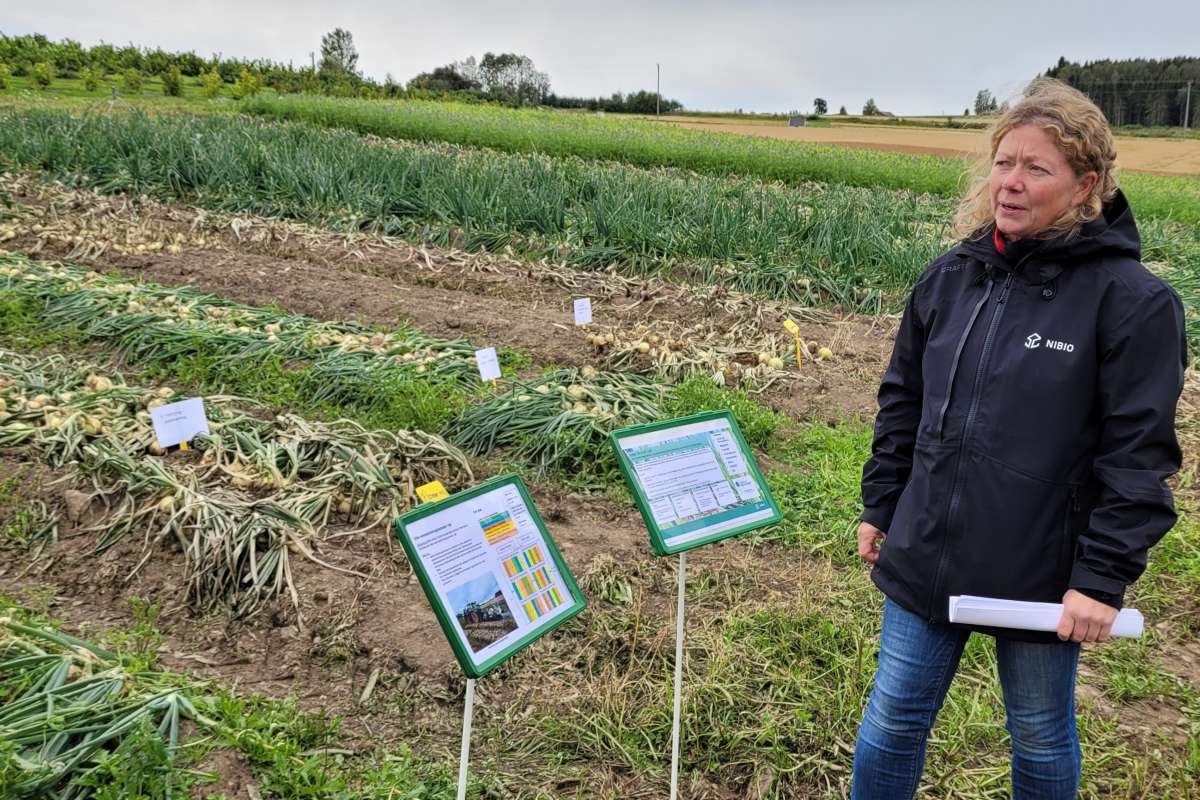
More Norwegian onions on the plate
Published 11.09.2021
Onions are the third most consumed vegetable in Norway and are also important at a global level. A new research project aims to further increase the quality and status of Norwegian onions.
 Print
Print